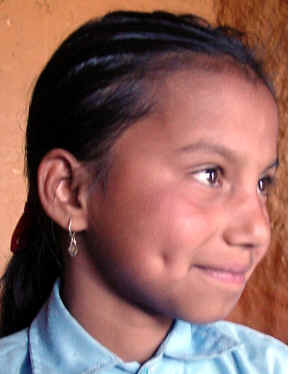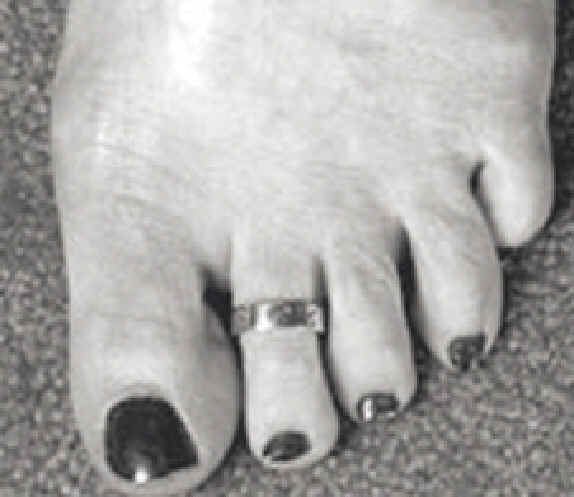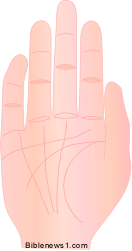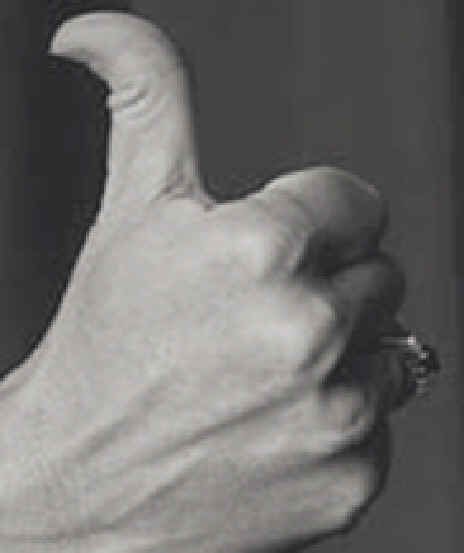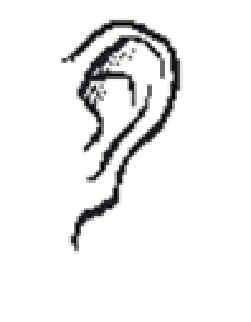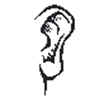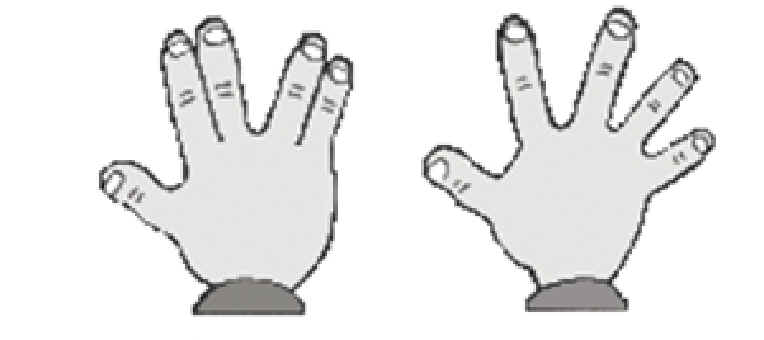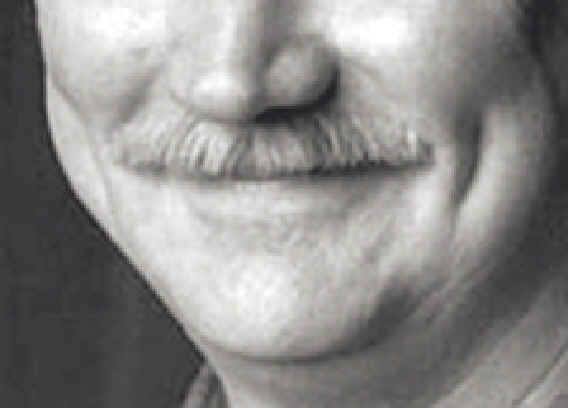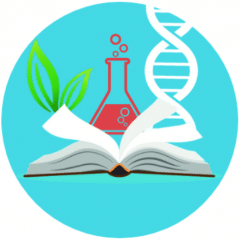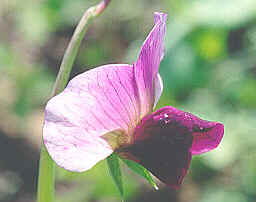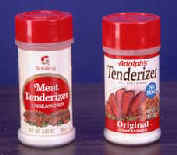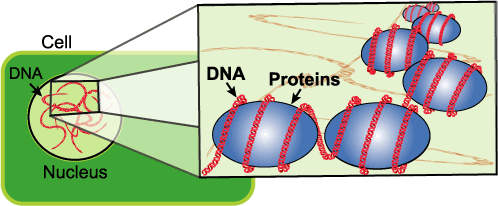| Gregor Mendel
1. Who is responsible for our laws of inheritance?
2. What organism did Mendel study?
3. When was Mendel’s work recognized?
4. When did Mendel perform his experiments & how many plants did he grow?
5. What did Mendel notice about offspring traits?
6. How is Mendel referred to today?
7. In what country did Mendel do his research on peas?
8. Mendel stated that physical traits were inherited as _______________.
9. Today we know that particles are actually what?
Terminology
10. Define these three terms:
a. trait –
b. heredity –
c. genetics –
11. Name & describe two types of genetic crosses.
12. What is used to solve genetic crosses?
13. Sketch a Punnett square & show how they are used to solve a genetics problems.
14. Use a Punnett square to solve a cross between two parents that both have the genotype Yy.
15. What are alleles & what are the two forms?
16. Explain the difference between dominant & recessive alleles.
17. Using a letter of the alphabet, show how each allele would be represented.
18. What is a genotype and write 3 possible genotypes?
19. What is a phenotype and write possible phenotypes for your genotypes in question 18?
20. Using these alleles, R = red flower and r = yellow flowers, write all possible genotypes & phenotypes.
21. What are homozygous genotypes?
22. Write a homozygous dominant genotype.
23. Write a homozygous recessive genotype.
24. What is meant by a heterozygous genotype?
25. Write a heterozygous genotype.
26. Heterozygous genotypes are also called _____________.
27. What two things actually determine an organism’s characteristics?
Pea Experiments
28. Give 4 reasons that Mendel used garden peas, Pisum sativum, for his experiments.
29. Name the male and female parts of a flowering plant and explain how pollination occurs.
30. What is the difference between self and cross pollination?
31. Explain how Mendel cross pollinated his pea plants.
32. How did Mendel get pure plants?
33. Name 8 pea plant traits and give the dominant & recessive form of each.
34. How did Mendel’s experimental results compare to the theoretical genotypic ratios? Explain.
35. What does P1 mean?
36. What is the F1 generation?
37. What is the F2 generation?
38. What results from this cross — TT x tt?
39. What results do you get from crossing two hybrids (Tt x Tt)?
40. Show all your work for solving a P1 monohybrid cross for seed shape.
Trait:
Alleles:
P1 cross: __________ x __________
Genotype ____________
Phenotype ___________
G. Ratio _____________
P. Ratio _____________
41. The offspring of the above cross are called the _____ generation.
42. Show all your work for solving a F1 monohybrid cross for seed shape.
Trait:
Alleles:
F1 cross: __________ x __________
Genotype ____________
Phenotype ___________
G. Ratio _____________
P. Ratio _____________
43. Show all your work for solving both F2 monohybrid crosses for seed shape.
Trait:
Alleles:
F2 cross: ________ x ________ F2 cross: ________ x ________
Genotype ____________ Genotype ____________
Phenotype ___________ Phenotype ___________
G. Ratio _____________ G. Ratio _____________
P. Ratio _____________ P. Ratio _____________
Mendel’s Laws
Complete the following question:
44. _________ are responsible for inherited traits.
45. Phenotype is based on _______________.
46. Each trait requires _____ genes, one from each ____________.
47. State the Law of Dominance and give an example.
48. State the Law of Segregation and tell when alleles are “recombined”.
49. State the Law of Independent assortment & tell what type of crosses show this.
50. Using the formula 2n where n = the number of heterozygotes, tell how many gametes will be produced by each of the following allele combinations:
a. RrYy
b. AaBbCCDd
c. MmNnOoPPQQRrssTtQq
51. What are the possible allele combinations in the egg and sperm from the following cross — RrYy x RrYy.
52. Show how to work an F1 dihybrid cross for seed shape & seed color.
Traits:
Alleles:
F1 cross __________ x __________
GR Genotypes PR Phenotypes
53. Complete this cross or crosses for eye color & curliness of the hair — bbC__ x bbcc.
54. Draw a table summarizing Mendel’s 3 laws.
Incomplete and Co-Dominance
55. Incomplete dominance occurs in __________ and produces a phenotype _______________ the phenotype of the two parents.
56. Show your work solving a cross for flower color in snapdragons when there is incomplete dominance.
Trait:
Alleles:
Cross: RR x rr
Genotype ____________
Phenotype ___________
G. Ratio _____________
P. Ratio _____________
57. What is codominance & give an example?
58. Write the genotypes for each of these blood types:
type A
type B
type AB
type O
59. Solve this codominance problem: IBIB x IAi.
60. Solve this codominance problem for blood type: ii x IAIB.
Sex-Linked Traits
61. What are sex linked traits?
62. Name the sex chromosomes.
63. Write the genotype for male and for female.
64. Most sex-linked traits are carried on what chromosome?
65. Give an example of a sex-linked trait in fruit flies.
66. Show the results of crossing a red-eyed male (XRY) with a white-eyed female (XrXr) fruit fly.
RR =
Rr =
rr =
XY =
XX =
Cross: __________ x __________
Genotype ____________
Phenotype ___________
G. Ratio _____________
P. Ratio _____________
67. What is meant by a female carrier?
68. Name a disease that can be carried in this manner.
|
